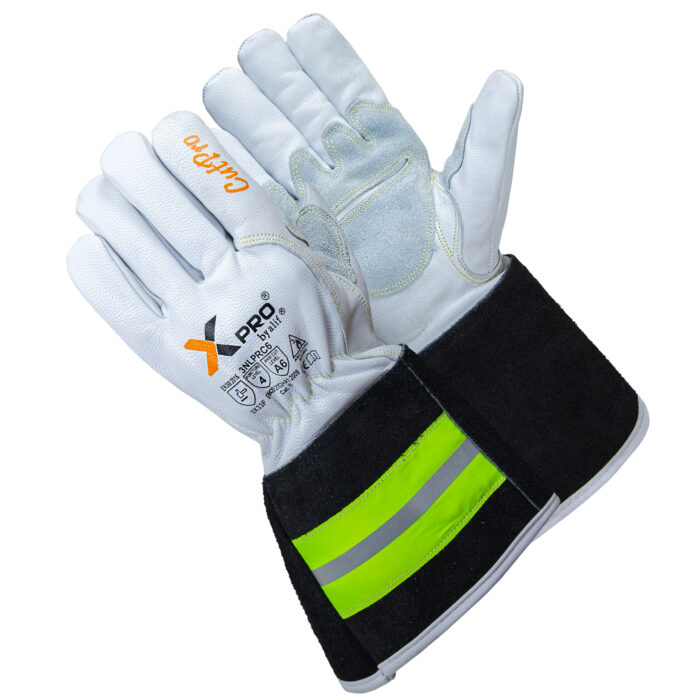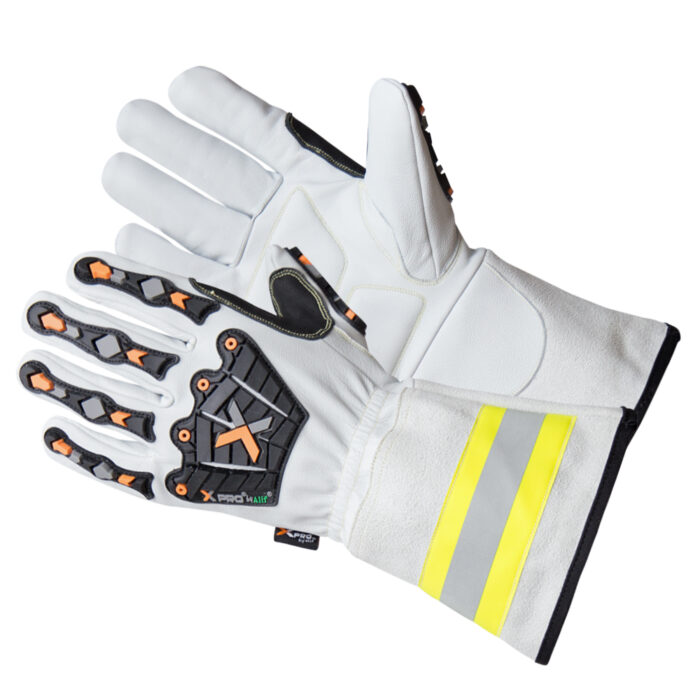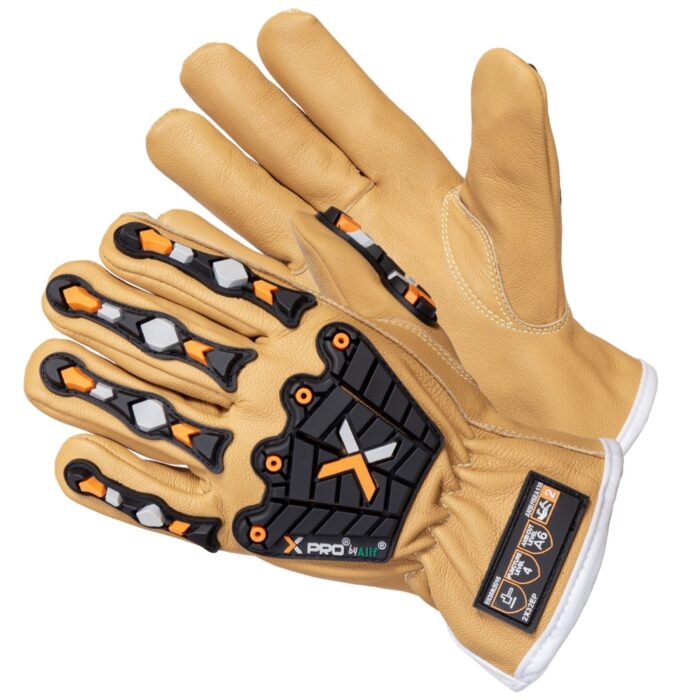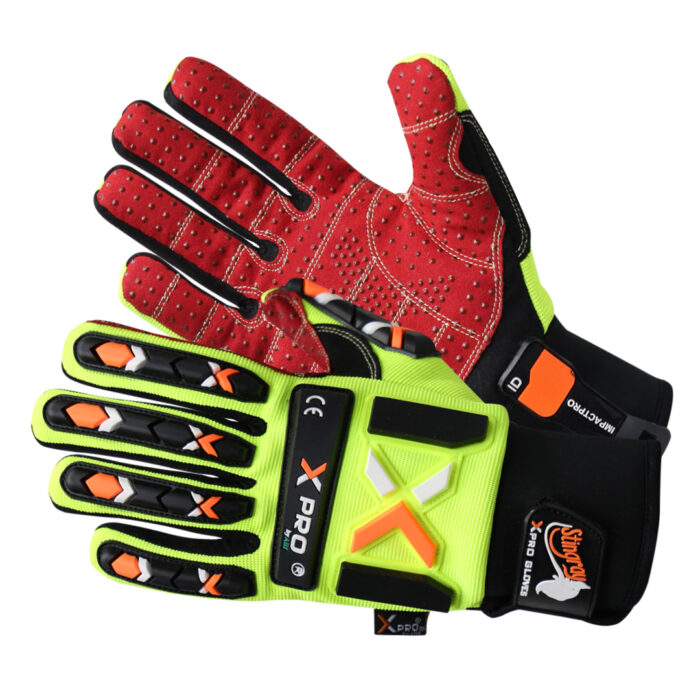Palm Goatskin Leather with Wing Thumb & Durable Split Leather Cuff Tig/Mig Welding Glove 966
Brand: XPRO®
ART # 966


Brand: XPRO®
Palm Goatskin Leather with Wing Thumb & Durable Split Leather Cuff Tig/Mig Welding Glove 966
ART # 966
Goatskin Leather Palm, back cowhide split leather Mig/Tig welding gloves Wing thumb design with extended cow split leather Sewn with Kevlar for strength and heat resistance.
Price:
Performance ratings
EN388 3121X
EN 388 2016 Results: 3121X
Abrasion: 3
Cut (Coupe Test): 1
Tear: 2
Puncture: 1
Cut (TDM-100 Test): X
Impact Protection:
EN 388 is a European Standard. Cut Level is determined by the number of cycles it takes a spinning circular blade, that is pulled across the material under a constant weight of 500 grams, to cut the fabric. As the number of cycles increase, so does the glove’s ratings.
EN407 41XX4X
Protective Gloves Against Thermal Hazards: 41XX4X
Resistance to Flammability – 4
Contact Heat Resistance – 1
Convective Heat Resistance – X
Radiant Heat Resistance – X
Resistance to Small Splashes of Molten Metal – 4
Resistance to Large Splashes of Molten Metal – X
EN 407 is a general European standard designed to be used for any glove that is to be sold as providing protection against thermal hazards. All six tests are graded on a scale from 0 to 4, with 0 signifying that the glove failed the test, and 4 demonstrating it has achieved the maximum resistance in that specific area.
EN ISO 21420:2020
The EN ISO 21420:2020 standard outlines the general requirements and test methods for protective gloves. It covers aspects such as design, construction, comfort, efficiency, and safety, ensuring gloves meet necessary performance criteria. This standard applies to all protective gloves, including those used in industrial environments, and replaces the previous EN 420:2003 standard.
European conformity
The CE mark (Conformité Européenne) indicates that a safety product meets the essential health, safety, and environmental protection requirements of the European Economic Area (EEA). It ensures that the product complies with relevant EU directives and can be sold freely within the EEA, providing assurance of its safety and quality.
Category II
Category II (Cat II) gloves are designed for intermediate risks, meaning they provide protection against mechanical, thermal, or chemical hazards but are not intended for extreme dangers. These gloves must be tested and type-approved by an EU-recognized institute and labeled with pictograms indicating their protective functions.
EN12477:2001+A1:2005 TYPE B
EN 12477:2001 + A1:2005 TYPE B
is a European standard for welding gloves that prioritizes dexterity over protection.
Key Features of TYPE B Gloves:
- Higher Dexterity: Designed for tasks requiring precise hand movements, such as TIG welding.
- Lower Protection: Offers less shielding against heat and mechanical risks compared to TYPE A gloves.
- Tested for Safety: Evaluated for abrasion, cut, tear, puncture resistance, and thermal protection against flames and molten metal.
TYPE B gloves are ideal for precision welding where flexibility is crucial.
EN388 3121X
EN 388 2016 Results: 3121X
Abrasion: 3
Cut (Coupe Test): 1
Tear: 2
Puncture: 1
Cut (TDM-100 Test): X
Impact Protection:
EN 388 is a European Standard. Cut Level is determined by the number of cycles it takes a spinning circular blade, that is pulled across the material under a constant weight of 500 grams, to cut the fabric. As the number of cycles increase, so does the glove’s ratings.
EN407 41XX4X
Protective Gloves Against Thermal Hazards: 41XX4X
Resistance to Flammability – 4
Contact Heat Resistance – 1
Convective Heat Resistance – X
Radiant Heat Resistance – X
Resistance to Small Splashes of Molten Metal – 4
Resistance to Large Splashes of Molten Metal – X
EN 407 is a general European standard designed to be used for any glove that is to be sold as providing protection against thermal hazards. All six tests are graded on a scale from 0 to 4, with 0 signifying that the glove failed the test, and 4 demonstrating it has achieved the maximum resistance in that specific area.
EN ISO 21420:2020
The EN ISO 21420:2020 standard outlines the general requirements and test methods for protective gloves. It covers aspects such as design, construction, comfort, efficiency, and safety, ensuring gloves meet necessary performance criteria. This standard applies to all protective gloves, including those used in industrial environments, and replaces the previous EN 420:2003 standard.
European conformity
The CE mark (Conformité Européenne) indicates that a safety product meets the essential health, safety, and environmental protection requirements of the European Economic Area (EEA). It ensures that the product complies with relevant EU directives and can be sold freely within the EEA, providing assurance of its safety and quality.
Category II
Category II (Cat II) gloves are designed for intermediate risks, meaning they provide protection against mechanical, thermal, or chemical hazards but are not intended for extreme dangers. These gloves must be tested and type-approved by an EU-recognized institute and labeled with pictograms indicating their protective functions.
EN12477:2001+A1:2005 TYPE B
EN 12477:2001 + A1:2005 TYPE B
is a European standard for welding gloves that prioritizes dexterity over protection.
Key Features of TYPE B Gloves:
- Higher Dexterity: Designed for tasks requiring precise hand movements, such as TIG welding.
- Lower Protection: Offers less shielding against heat and mechanical risks compared to TYPE A gloves.
- Tested for Safety: Evaluated for abrasion, cut, tear, puncture resistance, and thermal protection against flames and molten metal.
TYPE B gloves are ideal for precision welding where flexibility is crucial.
- Palm Material: Goatskin leather for enhanced grip and durability.
- Back Material: Cow split leather for robust protection.
- Design Details: Wing thumb for flexibility and black piping for style and reinforcement.
- Cuff Length: 12CM cow split leather cuff for added safety and wrist coverage.
- Industrial Work
- Outdoor Labor
- Heavy-Duty Tasks
- Welding


